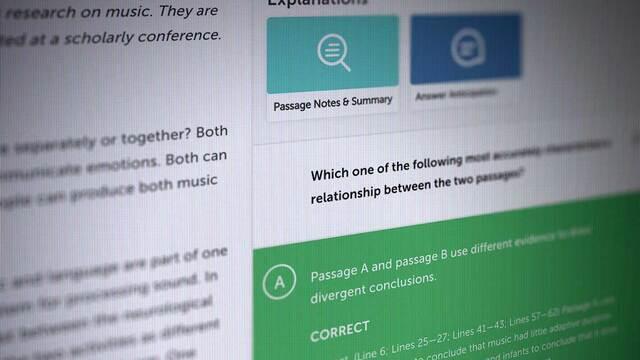Now that you should be getting into full gear with your LSAT prep for the October exam, I know a lot of you are frustrated by your timing. It may even be that you have no particular section you find to be a weakness, but time-wise, you’re constantly being left in the dust. First, take a breath. Timing is a very common issue, and frankly, if you weren’t having a little trouble with timing, then you’re part of the minority. Also, think of it this way, it’s better to have time be your issue, because timing and pacing is something that is very easily fixed through practice. It’s better to be scoring a 150 and run out of time on each section than to score a 150 and finish each section on time. The latter means that you are having a problem with the material, rather than with timing.
It’s important to gauge what the crux of the problem is. Is it an issue with the material or with the clock? Or possibly both? Usually, what I did to figure this out was to take an entire LSAT practice test, but take it untimed. If you’re scoring well, then it is a good indicator that you understand the material, time is just not on your side. If you aren’t scoring well, then you need to take some time and really focus on each section. Something that helped me grasp a better understanding of each section was to attack section after section after section. For example, when I was studying for the LSAT, my weakest section was the Reading Comprehension section. So one day, I printed out ten Reading Comprehension sections (that’s ten sections with four passages each…so forty passages) and continually did the sections untimed until I finally came up with a perfectly scored section (that’s four perfect passages in a row). Let’s just say, that took a while, but it worked. I’m telling you, practice is key. Once you know you have the material and technique down, you just need to start working on quickening your pace.
Remember, a good LSAT score is subjective and each person needs a slightly different amount of time for each type of question, passage, section, etc. But, I’ve found that the magic numbers revolve somewhere around 8-8-8-8-3 for Reading Comprehension and Logic Games. What? Hold your horses and I’ll explain. First, let me emphasize, these are the timing techniques that worked for me. But, timing is something that will naturally come with practice. I’m just telling you my specific timing techniques so that, if you’d like, you can use them as a base to hone and specialize towards your own needs.
The Reading Comprehension and Logic Games section each have four passages/games. The key is to finish each passage/game in eight minutes (and by finish, I mean completing as many questions as you can in the allotted time and flipping the page the moment the minute hand on your watch gets to eight minutes!). Then by the fourth eight-minute block you are at 32 minutes. You then have three minutes left to go back and hit as many skipped questions as you can. I know this time allotment may seem ludicrous to you now, but soon you’ll see that it’s easily done. I’d recommend trying it out with 10-minutes per passage/game and incrementally lowering it till you can get to eight. Remember, not being able to finish the whole passage/game in eight minutes is fine, because you have three minutes to go back and finish the questions you skipped.
Just start with the basics for now and we’ll get into the specifics of it as the weeks pass by. Figure out where your weakness lies. Is it the material, time or both? This test is conquerable. It just takes time ;)
Happy studying!










